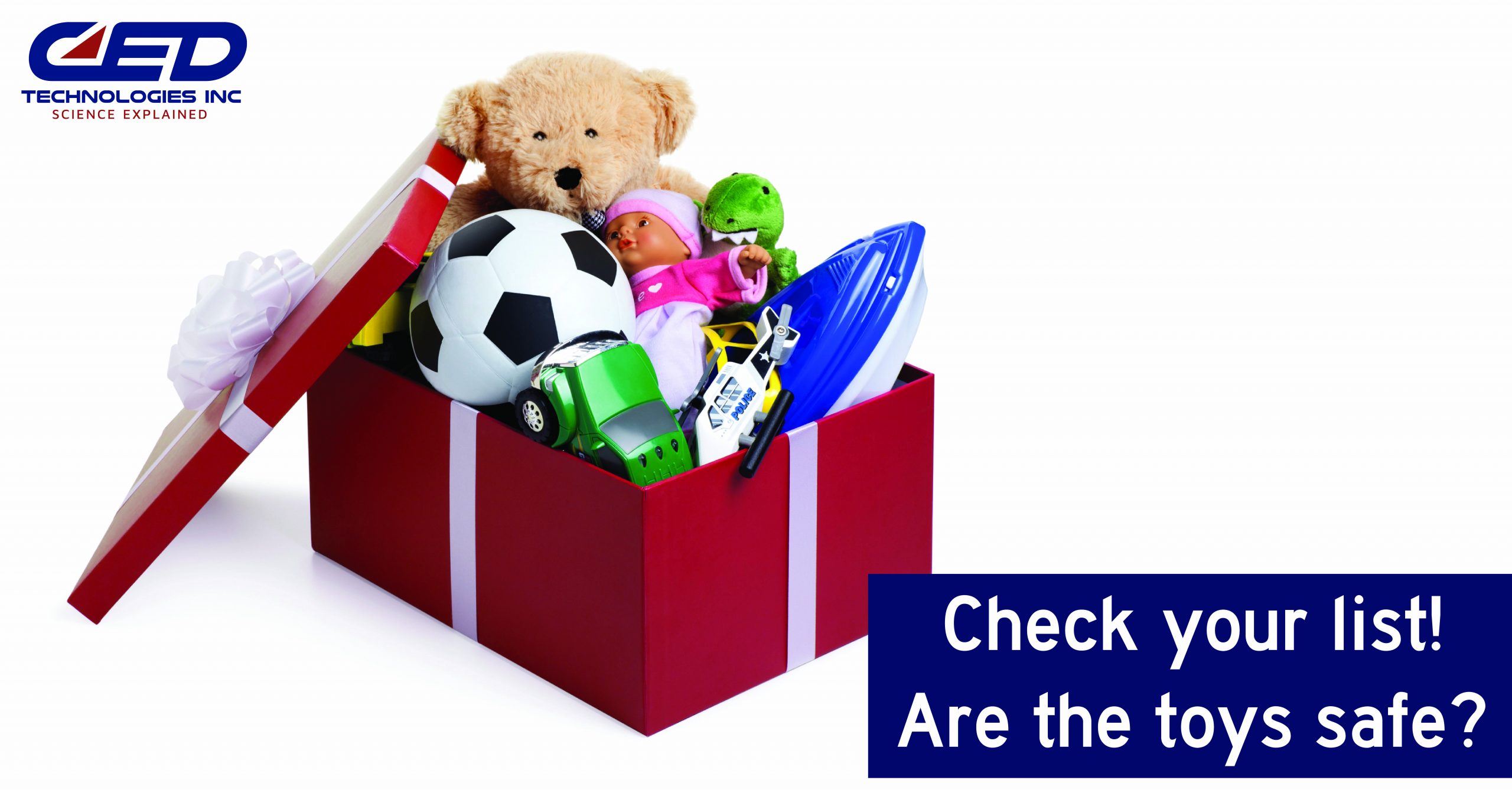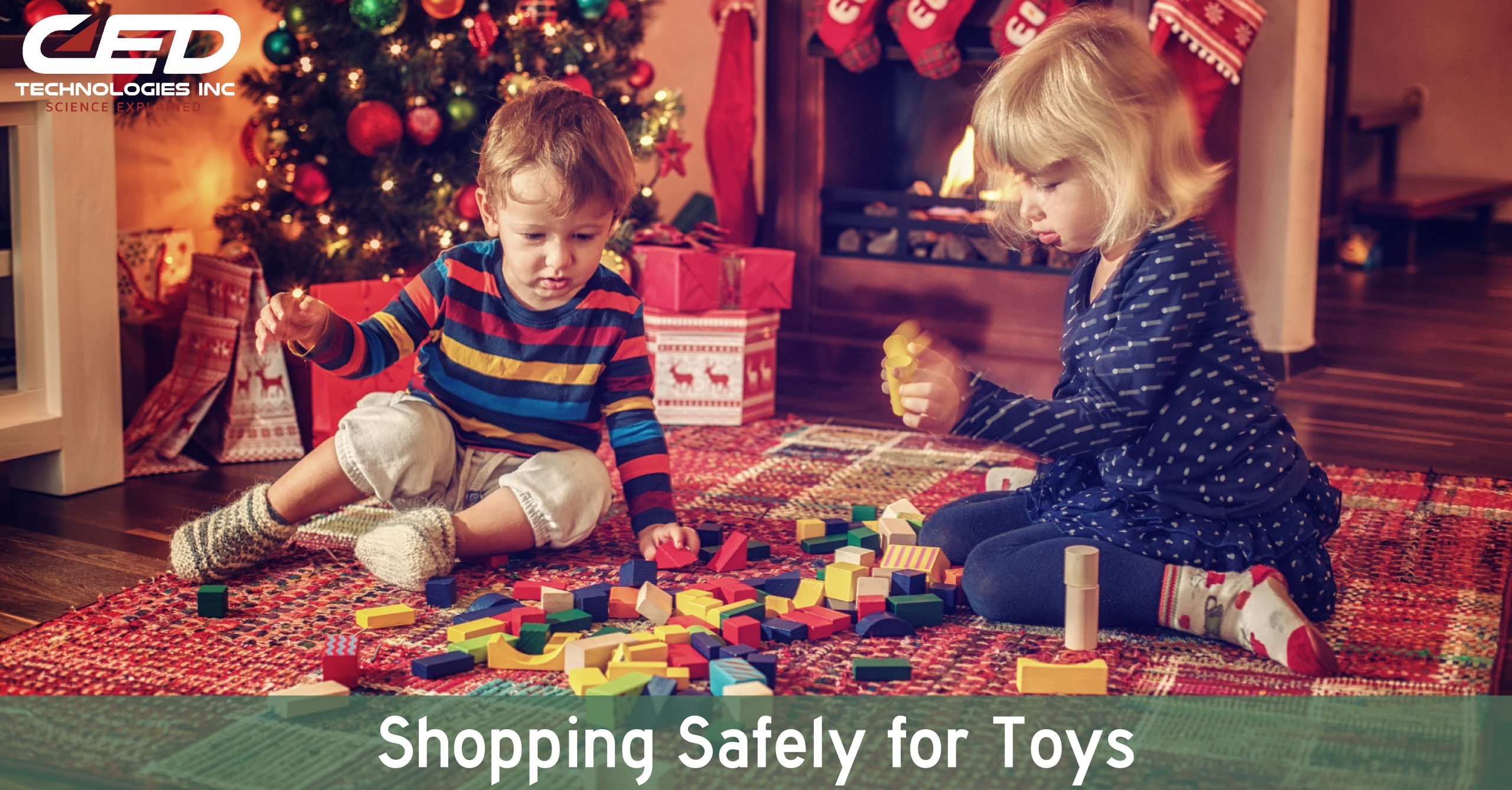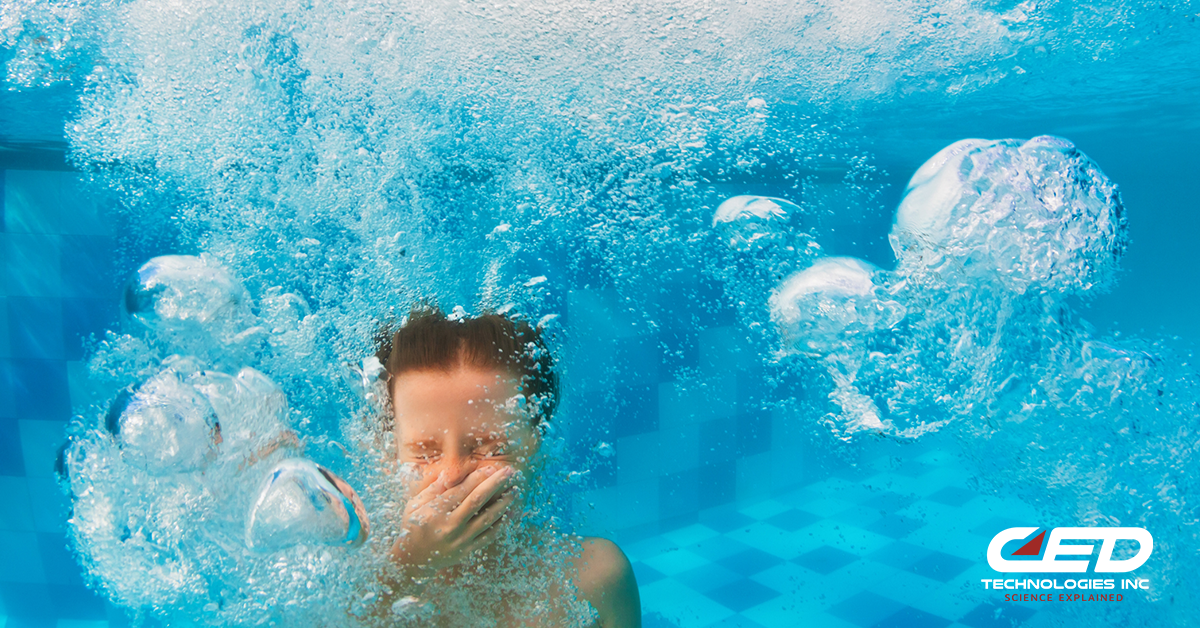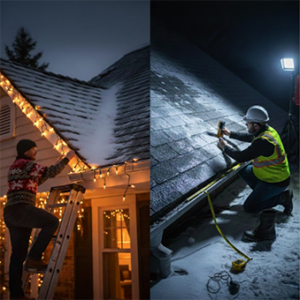The 2020 holiday season is here, and many people are starting their holiday shopping. Before purchasing a toy or game for the children in your life, you’ll want to make sure it’s safe. Beyond reviewing the age rating and details on the product, take a moment to research the toy online to make sure there aren’t any recalls on the Consumer Product Safety Commission (CPSC) website.
Over the years there have been a number of toy product design failures that made the headlines. Like the Cabbage Patch dolls that ate children’s hair in the mid-90’s or hoverboards taking off too quickly; these product and design failures could result in a serious injury and a trip to the emergency room. CPSC reports that in 2018 there were 166,200 toy-related, emergency department-treated injuries and 17 deaths to children younger than 15, with most of the deaths associated with riding toys and incidents of choking on small parts, like small balls and balloons.
- 39% of these injuries were classified as lacerations, contusions, or abrasions
- 46% of these injuries were to the head and face area
Every year the toy safety advocacy group World Against Toys Causing Harm (WATCH) compiles a list of the latest top ten toys considered to be potentially harmful. Some of these toys are even still available for purchase. Here are some that made the cut in this year:
- Calico Critters Nursery Friends
- Missile Launcher
- Marvel Avengers Vibranium Power FX Claw
- Jellycat Gloria Owl
- WWE Jumbo Superstar Fists
- Scientific Explorer Sci-Fi Slime
- The Original Boomerang Interactive Stunt UFO
- Boom City Racers Starter Pack
- My Sweet Love Lots To Love Babies Minis
- Star Wars Mandalorian Darksaber
Shoppers and caregivers should also sign up for product recall alerts, like this one at CPSC, to make sure their present doesn’t pose a problem in the future. Keeping a close eye on play time is important, too. A toy may be appropriate for an older kid, but pose a choking hazard to a curious younger sibling.
CED’s expert engineers are experienced with investigating human factors and product design, regarding issues with toys or hoverboards. Many product liability cases like these require a human factors expert to be involved in the causation to determine if human interaction with the product was reasonable and acceptable. CED’s engineers complete advanced training and education in human factors to provide a scientific approach to accident reconstruction.
Click Here To See Our Full List of Experts Click Here To Submit an Inquiry about a possible Claim or Case.






